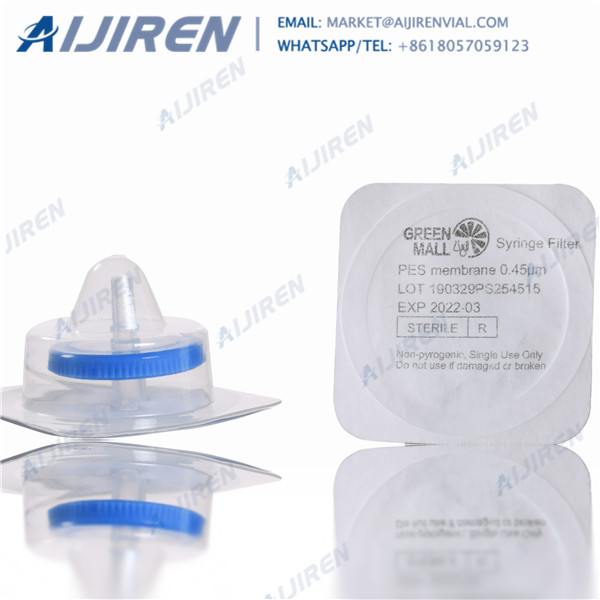
PVDF Syringe Filters, Sterile, Hydrophilic. Availability: In stock. Quick Overview. 13 mm, 25 mm, 30 mm Syringe Filters. Applications of PVDF Syringe filters: Ideal for HPLC sample filtration and general biological sample filtration. PVDF syringe filters are widely used in protein sequence analysis. Add to Cart. -OR- -OR-. See full list on simsii.net
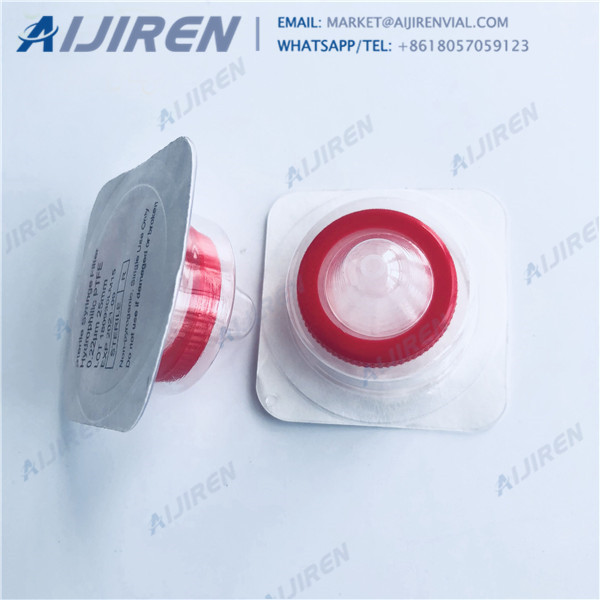
Item# Description: Qty per pack: Price($) Order Online: SFGF013070N: GF Syringe Filter, Pore Size:0.7μm, Diameter:13mm: 100(pcs) 60.00 »Add to Cart: SFGF013100N
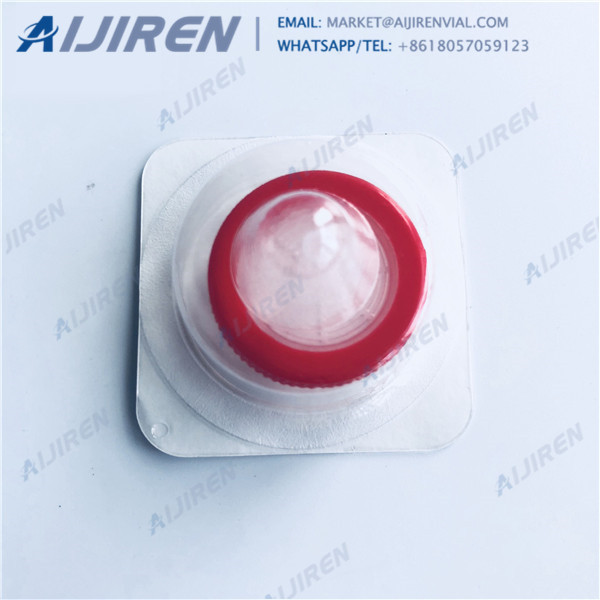
Medical Millex-GP Syringe Filter Unit, 0.22 µm, polyethersulfone, 33 mm, sterilized by gamma irradiation, A 33 mm diameter sterile syringe filter with a 0.22 µm pore size hydrophilic Polyethersulfone (PES) membrane. Comes in a pack of 50.
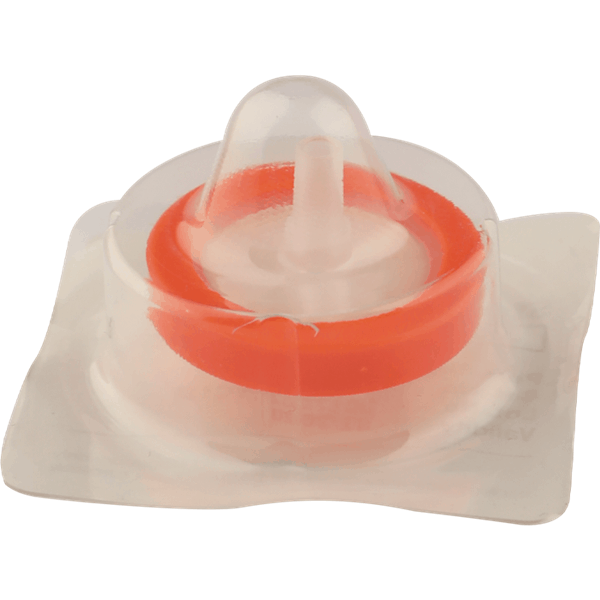
13mm ptfe 0.22 micron filter online Amazon.com: 0.22 micron filter Simsii Syringe Filter, Hydrophobic PTFE Membrane Disc, Diameter 13 mm, Micron Pore Size 0.22 μm, 100/pack 4.4 out of 5 stars 13 $49.99 $ 49 . 99 ($5.00/10 Items)
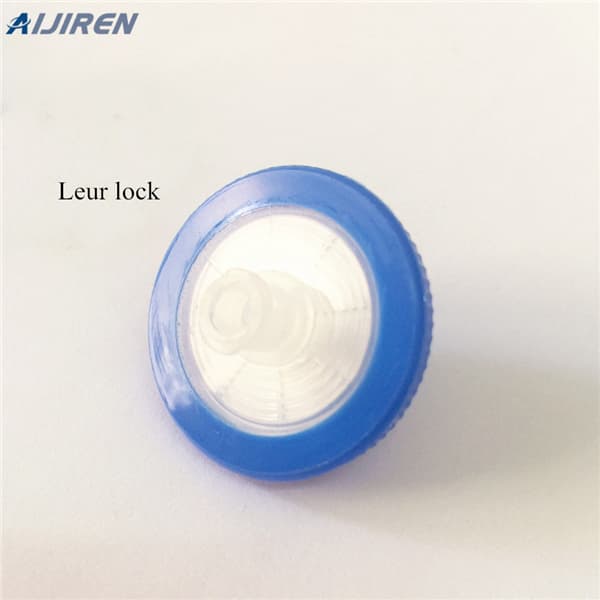
Feature: filter diameter: 13mm, pore size: 0.45um, membrane material: PVDF , hydrophobic property . Syringe filters are made of inert plastic house, membrane, and luer lock fit. It is used with disposal syringes or filtration device with luer fit. Syringe filters are often one-time use only. Biomed Scientific syringe filters offer universal
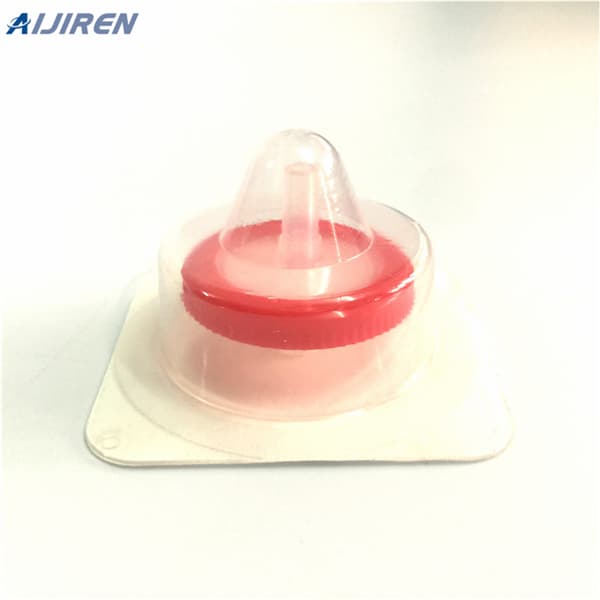
Tisch Scientific Hydrophilic PVDF (Polyvinylidene fluoride) syringe filters are engineered specifically for use with aqueous solutions. In addition, they are suitable for minimal protein-binding; which increases the purification of non-aggressive aqueous and mild organic solutions, for applications where protein restoration is essential.
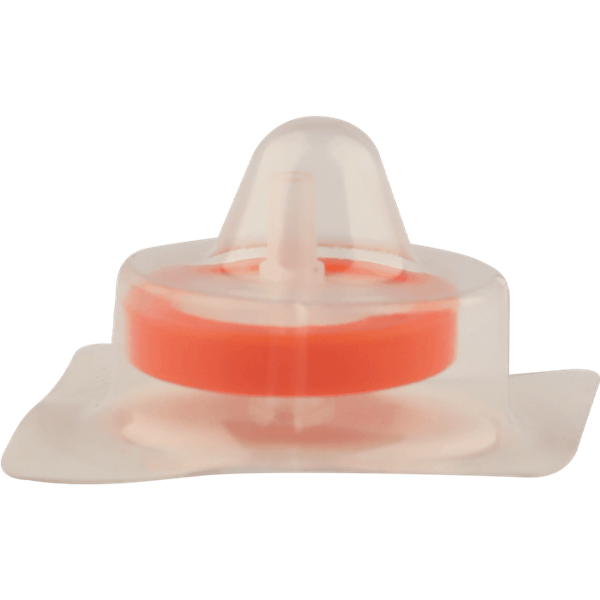
Tisch Scientific offers an extensive selection of proven, yet affordable syringe filters that are in stock and ready to ship today. Selected for their durability, material quality and performance characteristics, our syringe filters deliver accurate, measurable results at a fraction of the cost.
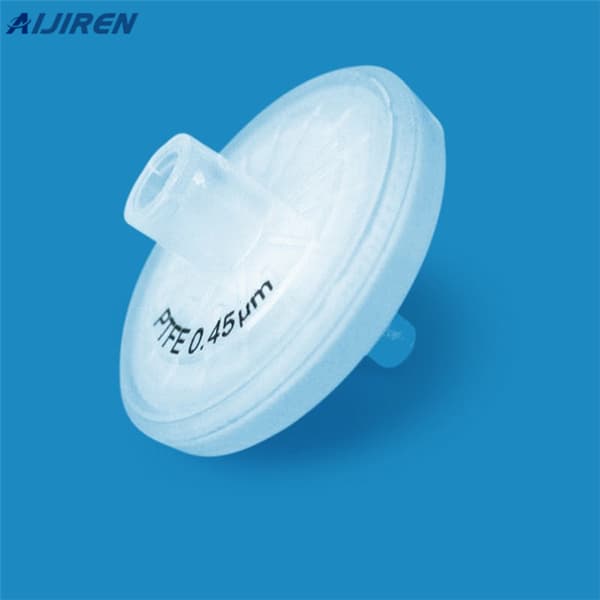
Shroom Supply Syringe Filter - 0.22 μm - PTFE Sizes: 13 mm & 25 mm - Available in both 13mm and 25mm diameters. These autoclavable 0.22 µm micron syringe filters are made out of a hydrophobic PTFE and are 100% reusable. They are perfect for inserting into liquid culture jar lids to provide contaminant-free gas exchange.

Filter Medium: PVDF: Diameter(mm) 13: Pore Size(μm) 0.45: Wettability: Hydrophobic: Sterile: Yes: Prefilter: Filtration Area(cm²) 1.09: Housing Material: PP: Holdup-Volume(μl) 10: Volume Throughput(ml) 20: Connections(Inlet/Outlet) Female Luer Lock inlet and Male Luer slip outlet: Max Operating Pressure(psi) 87: Max Operating Temperature
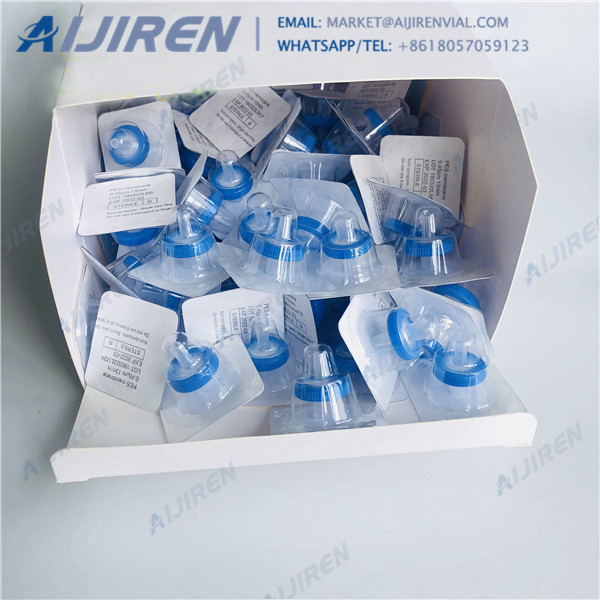
13 MM SYRINGE FILTERS, STERILE, PVDF, PORE SIZE: 0.2 UM. Puradisc Syringe Filters combine premium quality and economy. They are well suited for quick, efficient filtration of samples up to 100 ml volume. Puradisc filters are produced from pigment-free polypropylene or polycarbonate with standard inlet (female luer lock) and outlet (male luer
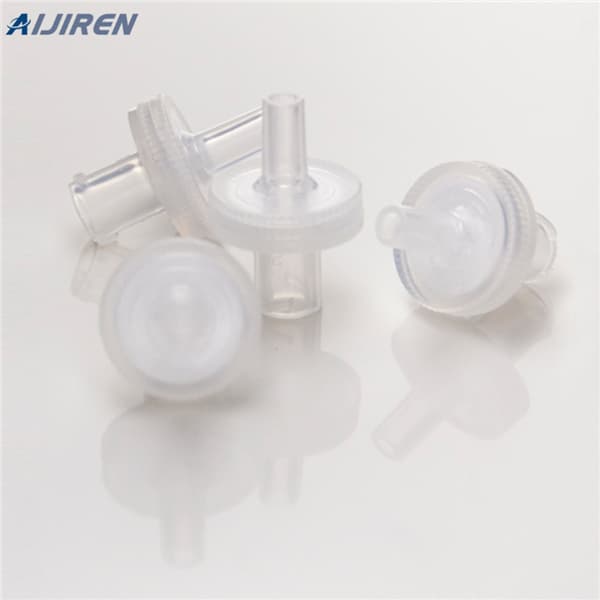
CHM® SPV units contains polyvinylidene fluoride (PVDF) membrane. These CHM® Ready-to-use syringe filter units are ideal for sterilizing and clarifying filtration of biological solutions. They are compatible with a wide range of solvents, even with aggressive acids and alcohols. Up to 100 ml of sample. Also available in individual sterile peel
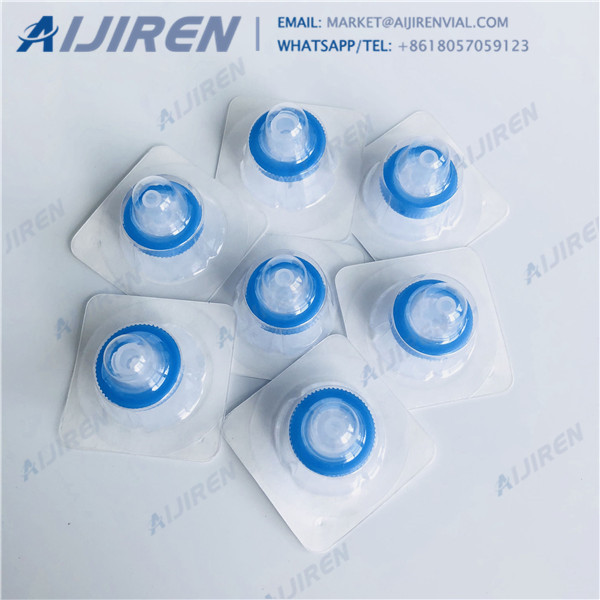
Aug 04, 2017 · Then the rack was put in a boiling water bath for 10 min. After cooling, the rack was centrifuged at 3000 rpm. The supernatants were individually filtered [4 mm syringe filters, 0.45 μm Polyvinylidene fluoride (PVDF) membrane] into GC vials for high-performance liquid chromatography (HPLC).
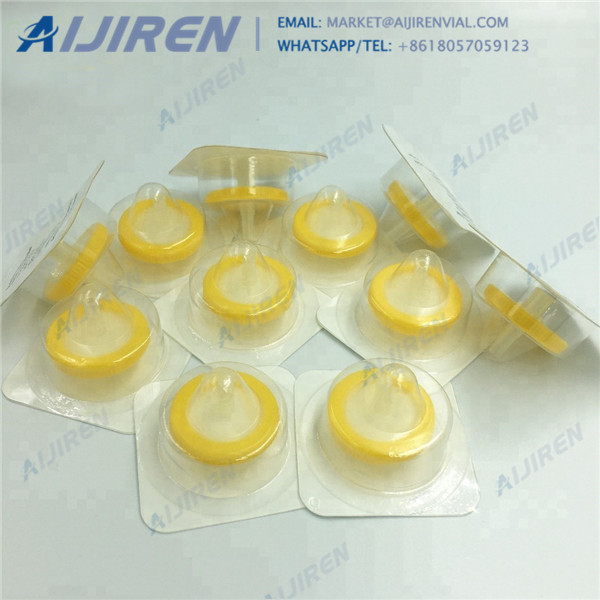
Feb 17, 2020 · A syringe filter (sometimes called a wheel filter for its wheel-like shape) is a single-use membrane based filter cartridge, to be attached with a syringe to remove impurities in liquid solutions. This pre-filtration step is vital in preventing damage to instruments (e.g. liquid chromatography, ICP, etc.).
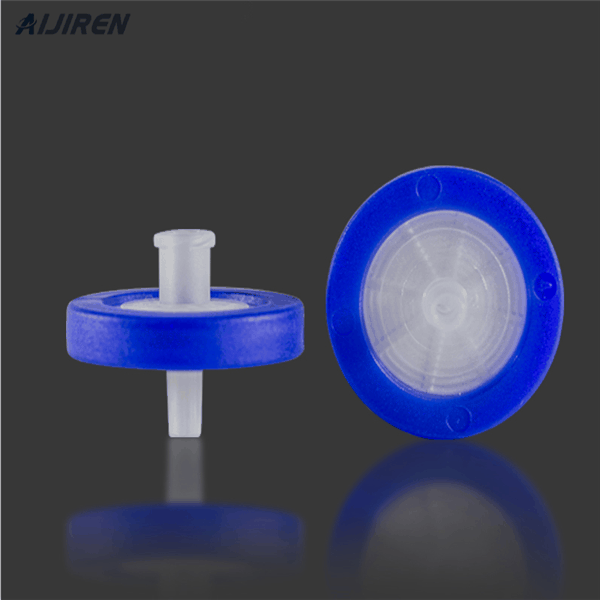
to the membrane type of the syringe filter used to “pre-pare” the solutions before injection: the two first values (16.9 ± 0.06 % of 2) were obtained when using a polyeth-ylene terephthalate (PEt) filter (Fig. 2b), while the last one (0 % of 2, arrow Fig. 2c) resulted from a polyvinylidene fluoride (PVDF) filter.